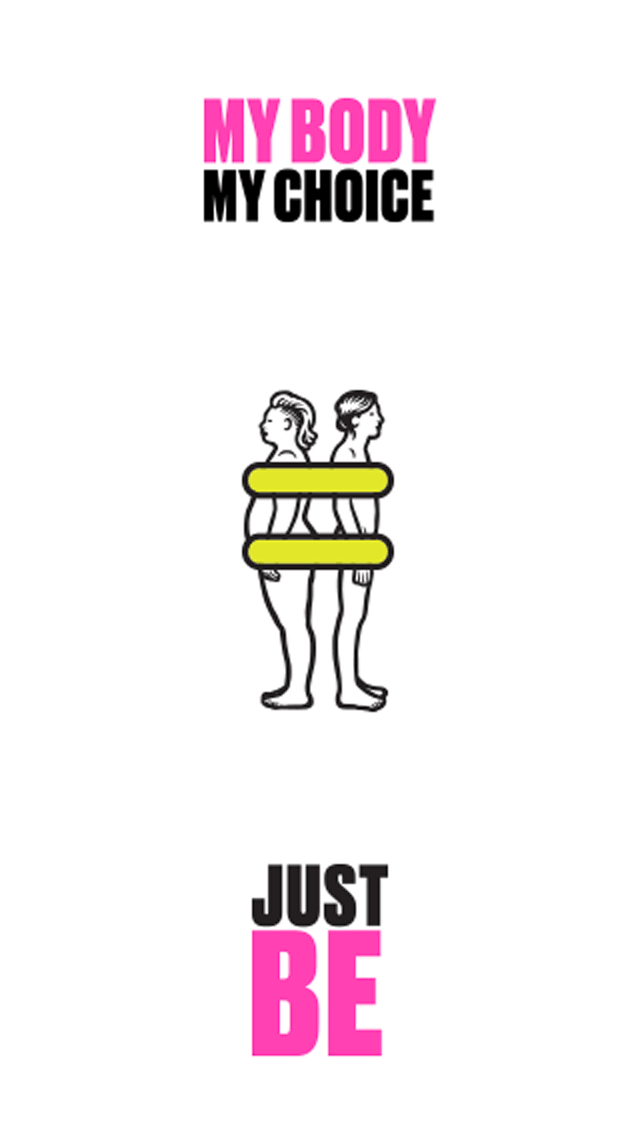
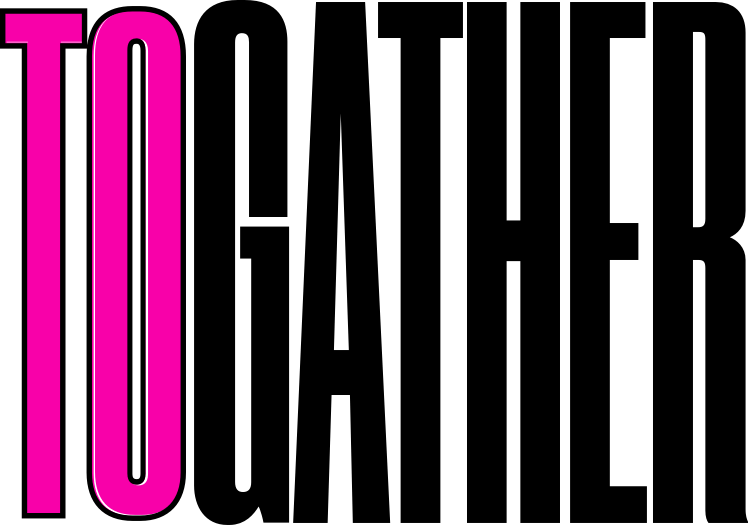
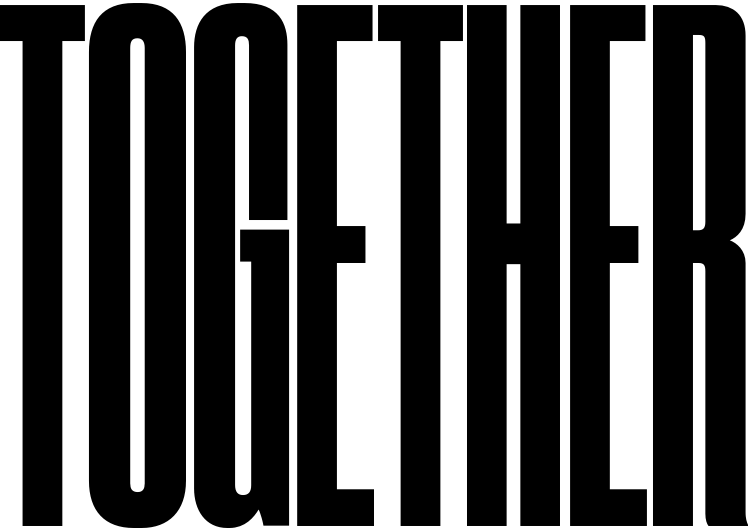
Our dream is to help create a world with completegender equality. A world where every type of gender expression is treated equally. A lot has to change for that dream to become a reality and this scope of change can be intimidating. For many people a world with complete gender equality is hard to even picture. How do you create something that you can’t imagine? How do you work towards a goal that you can’t describe? I asked our contributors to show us their vision of a world with total gender equality. The responses ranged greatly but each had one thing in common: real change comes from collective action. We need everyone. Change starts with a chime and happens when we allow dreams To Gather Together.
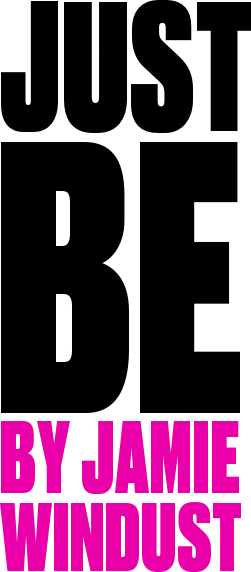
Many people think that gender has to be one thing, or another. It’s male or it’s female. It’s pink or it’s blue. It’s cis or it’s trans. It’s safety or it’s danger. It’s love or it’s hate. But gender knows better than that. Gender is multi-faceted and sly enough to know that the perceived duality of its own existence is a myth. Gender is ever changing, growing, moving and there is beauty in that. Gender defines itself through its own distinct character and charm of being. Gender can even be an innocent feeling of just being. Of wanting to be. Of yearning to be. People talk about the future of gender as a place of true enlightenment. A place where allies will shout “WE DON’T CARE WHAT YOU ARE, WE WILL LOVE YOU NO MATTER WHAT”. But what I want, is for you to care. For you to take the blanket, sweeping statement of allyship to new levels, and actively, and purposefully, care. Care for me when I am sad. Care for me when I am happy. Care for me when I am elated, and most of all care for me when I am in danger.
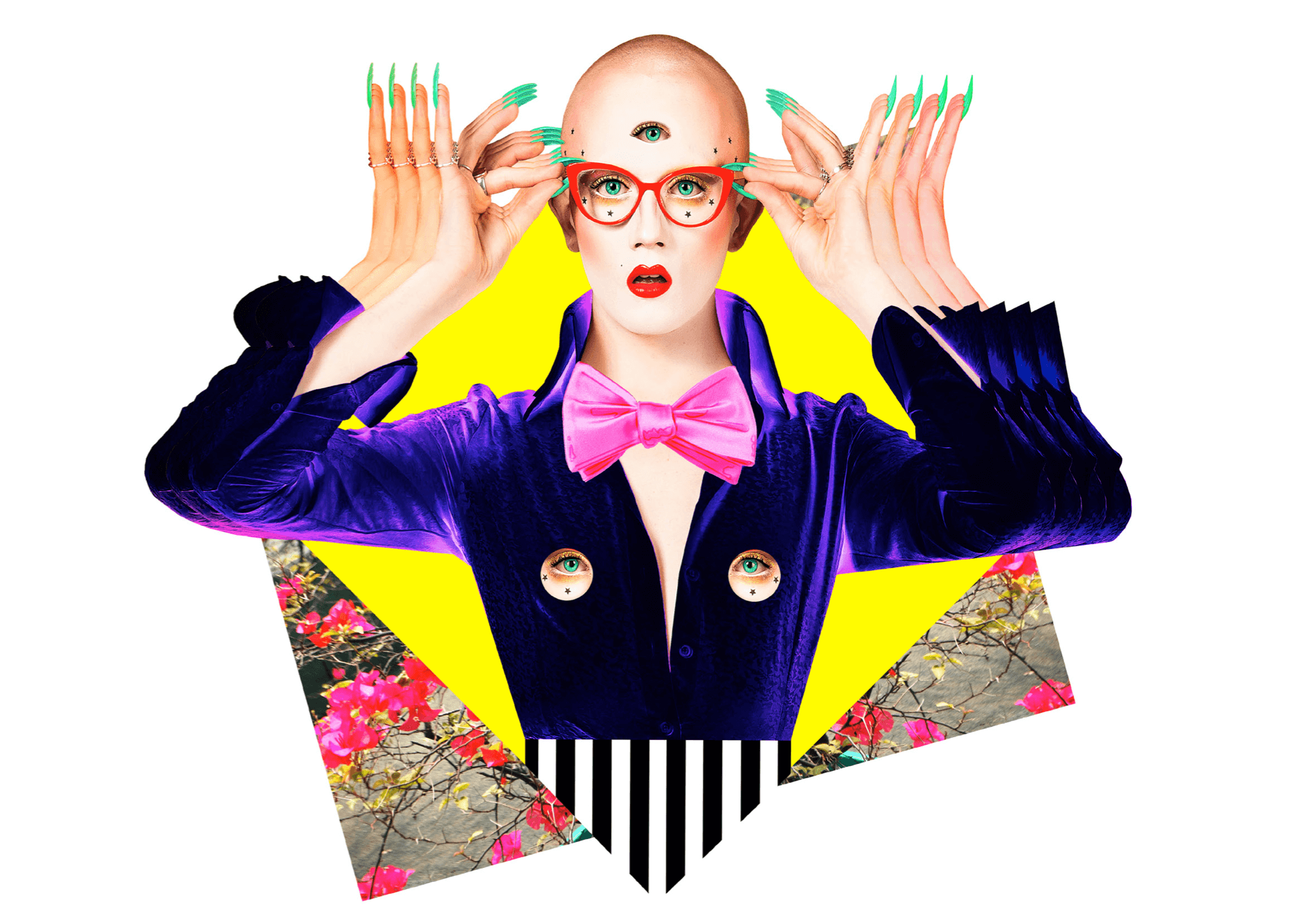

The future of gender equality is a place where empathy reigns supreme. A place where we are able to take ourselves out of our minds and reach out a hand, a heartbeat, a brainwave, a thought, to someone else. It’s a place where we are known and then remembered by our personality and charms rather than our pronouns or bodies. We’re known for being witty, intellectual, passionate, loving, and all the other qualities that make us human and complex. For many, gender is a big part of our lives and that is ok, we can hold that dear. We can allow gender to be as big as it needs to be. Allow it to ebb and flow and thrive and sculpt itself to our actions like a silent, but beautiful shadow. However it is time we moved forward to a place where we can connect on a higher level. A time where we can recognise each other’s happiness and joy, and be there to hold hands and know that everything is simpler now. Know that we are safer now. Know that we can just be now.

In spring 2018, mid-way through my senior year of high school, I started my zine. I called it Team Mag because in a broader sense I view Gen Z as a “team” united by age, intersectionality and purpose. I also wanted to create a literal “team” of young artists and creatives. I had been finding my voice since middle school and now I needed a vehicle to express it. A zine, created, curated and published by me for me and my peers felt like the right move. As I continued to develop the idea, my vision - and my voice - grew. Soon Team Mag became more of a small personal creative studio and production house. Under the umbrella of Team Mag I hoped to generate and scout content from creatives of my generation, ranging from photo, film, theatre, choreography, essays, interviews, playlists, digital art and more. While topics varied, each piece reflected and expressed what is important to Gen Z. My peers and I are capturing the present while creating our future. Gen Zers were born into a fully digitilized world that gives us easy access to information and communication. As a result we have a global perspective. We see our collective bodies and experiences as intersectional. We are painfully aware of the political, cultural and environmental forces that threaten us everyday. We are moved by necessity and survival. On a planet ravaged
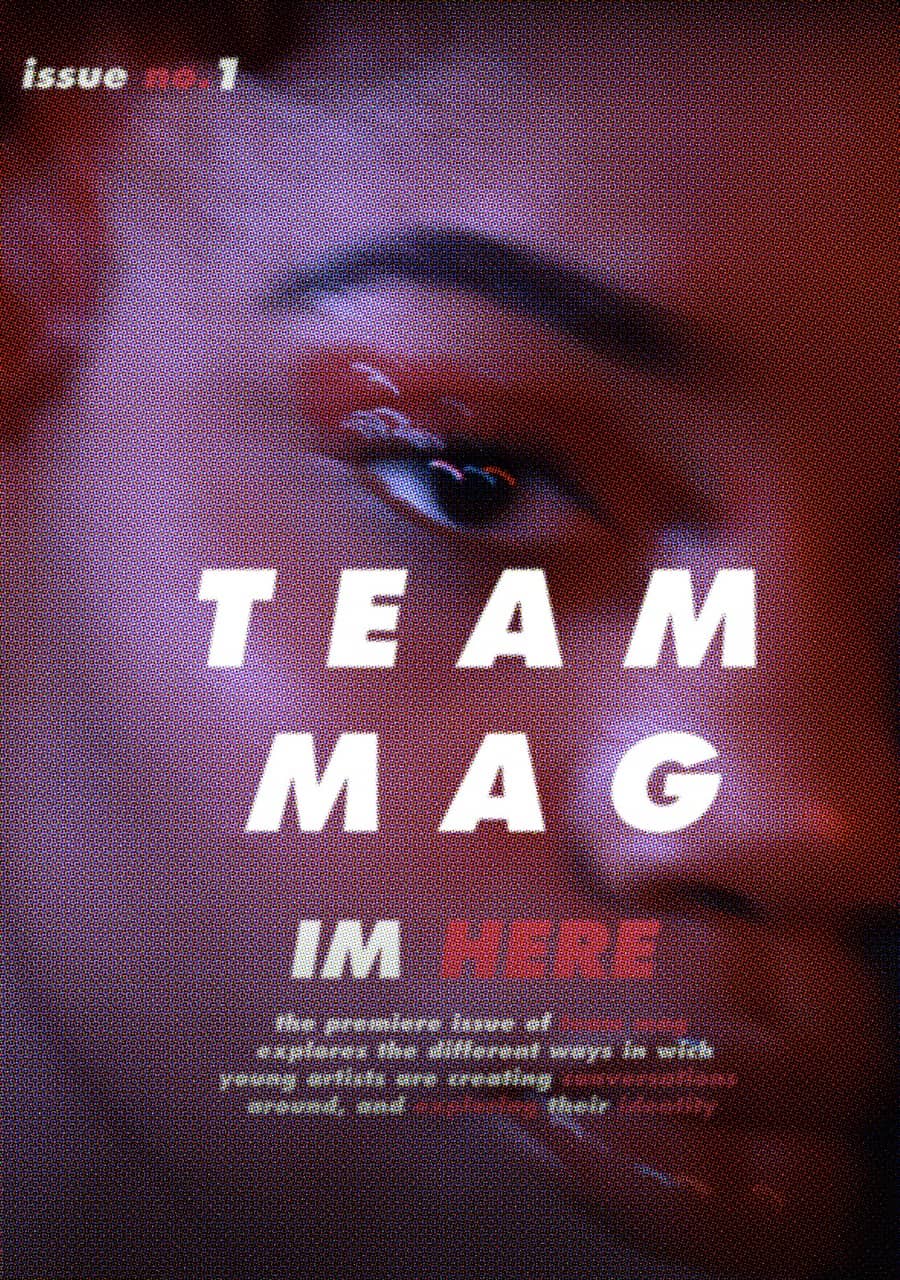
by racism, environmental destruction, misogyny, war, corporate greed and transphobia what choice do we have? We reject this destruction in favor of our own creativity. We see the future as fluid, liberated and sustainable. We are young, powerful, technologically sophisticated and technologically creative. Making our own spaces to showcase our work feels like an obvious choice. I do not see zines as being limited to print distribution. I think a zine is the perfect digital tool to create a name for your work and begin producing and publishing content that is important to you and your communities. Because zines are often created by and for members of specific intersectional groups, they are able to maintain an authenticity not found in the mainstream media. Above all zines can be an equalizing factor. The voices of my generation - queer, trans, disabled, black, brown, Muslim, immigrant, intersex, native and more - have been intentionally marginalized or unacknowledged by mainstream media. We have been ignored, appropriated and stereotyped. Through self-publishing, we are able to take control of our narratives. Zines are personal yet also have the potential for universal appeal. When zines are digital they are easy to share. A zine is the perfect tool for Generation Z and our goals of an equitable and fluid future.
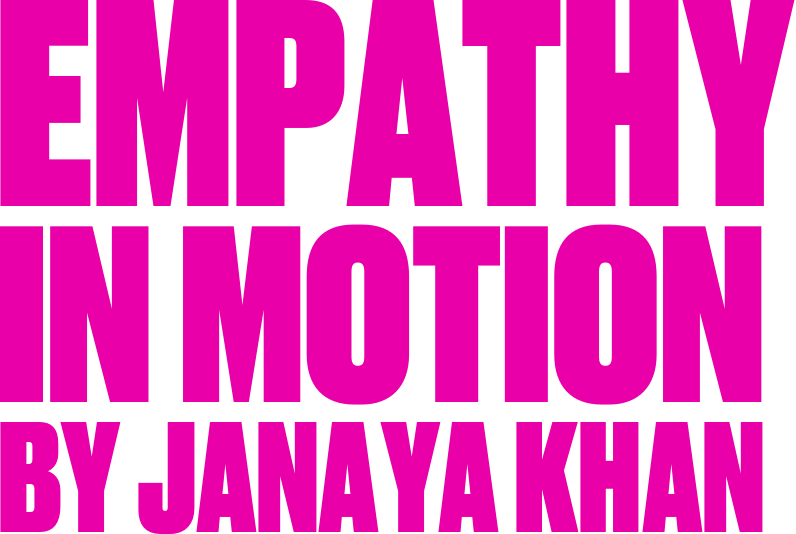
Empathy is our most important tool. Listening to people and hearing their experiences is a vital part of being human. As someone who works in social justice it is my job to facilitate these connections. This process is delicate, vulnerable and at times unpredictable. The subject of privilege is common and often explosive. When privilege comes up, we tend to respond defensively with ‘you don’t know me’ and ‘you don’t know what I’ve been through’ because we see it as an attack on our story and we are fiercely protective of our personal stories. But privilege isn’t about what you’ve gone through, it is about what you haven’t had to go through. The discussion of privilege is an invitation to learn about the experiences of others that are different from your own. Our stories are important, but equally important is our ability to connect our struggles, our joys and our dreams to each other. Otherwise we fall into the trap of thinking that we are alone or that our experiences are more important or urgent than others. Gender is not a trans issue, a women’s issue or a queer issue - it is something that shapes all of our lives and the world we live in.
There are seven and a half billion people on the planet and we are told there are only two sexes, two genders and one sexuality. How boring would it be if that was actually true? It isan absurd expectation that everyone be the same. A binary is a wall. Walls are built to separate and divide. We have all felt the deeply human need to belong. We all know what it feels like to not belong. Few understand this better than the trans and non-binary community. Trans and non-binary people live in the fullness of truth despite the systemic forces that say we should not exist. Instead of being threatened by this story, we need to see it as an invitation to do the same. The strength it takes to create a new way of being can pave the way for us to overcome other deeply entrenched models of separation. We can no longer be content to live in the imagination of others. It is time we create the world we all deserve. Gender, race and privilege can be the sources of our unity if we look at them differently, and if we allow them to be.
In a binary world it can be tough to feel like your gender is okay. I get it. Some days, I feel like my gender just isn’t enough. Other days, I feel like my gender is way, way too much. Loving and cherishing your gender, exactly as it is, exactly as you desire it to be, takes practice. That’s why I thought you could use a little reminder (and a fun activity!).
)




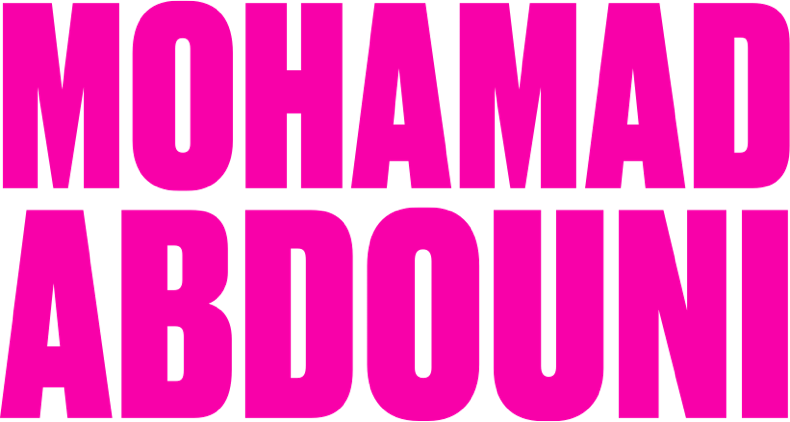

This contribution is from Mohamad Abdouni, a Beirut-based photographer, filmmaker and Editor in-Chief of Queer photo journal Cold Cuts magazine. Borrowing aesthetics from the beauty pageant circuit and 80’s pin ups, the piece references two culturalspaces that are often perceived as objectifying women and setting specific standards of what femininity can and should be. By putting Nahed Sater, the first Arab female bodybuilder to ever win an international title, at the center of the project, Mohamad articulates a strong message in a playful way: Femininity is relative, and there are no specific standards for it. Femininity goes beyond a shape or a physical trait. Only we have the power to define our own gender.



The Western world tells me that I am no man. / That my place is some kitchen or bedroom, / On my knees for a man who calls me girl as if he birthed me so. / Says, “Hey you African. Your own people are the ones who don’t respect your queerness.” / But the dreamland of my ancestors does not say boy or girl. / They say spirit. / They say child. / They say child of my child. / They say look at our blood / moving in that body. / My gender is not disputed. / It is seen as both nature and gift. / My cousins smile and try to persuade me to join those / Who go to the mountain as boys and come back men. / Their vocabulary does not know of nonbinary or transgender, / But they never slip and say girl. / They call me old man. Or husband. / They convince me of masculinity even when I am tired. / Their pride reminds me that no apology is necessary for my existence. / That to be this kind of African is to be blessed and unquestioned. / The Western world tells me that Africans are savages / That know no queerness without whiteness. / But my family reminds me / That
the soil does not ask the bones if they are male or female. / It says, let these bones rest. / It says, let this spirit find peace. / That bigotry is man made. / The Western world tells me to grow. / That I must abandon my “restrictive” African roots. / But my roots gave me a new name. / Mhlekazi Siyakha. / Mister Who Builds the Home and its Legacy. / And as I build myself as a transgender nonbinary boi, / I build my ancestors a new understanding. / A new lineage. / A welcomed and celebrated legacy. / A call for my younger cousins to emulate. / I mould myself after everything my family yearns for. / If it is sickness, then I am a healer. / If it is loneliness, then I am a husband. / If it is orphanhood, then I am a father. / If it is joy, then I am exuberant transness without cowardice. / Queerness is not the absence of normality / But the presence of spirituality. / There is no new place for me / In which I sacrifice my home for my gender. / My Africanness pushes me to flourish / And know myself before I speak. / I am neither man nor woman. / I am.


Not all sheroes - yes you heard me, SHEroes - wear capes or have superpowers. Sometimes sheroes are teachers and mentors. Sometimes they are people you have never met that inspire you deeply. Sometimes they wear microphones, craft political strategies for aspiring elected officials and use their voices to elevate others. My shero, Donna Brazile, is all of the above. The first black woman to manage a presidential campaign, a former vice chair of the Democratic National Committee (DNC), former interim DNC chair, a cable news television aficionado, a teacher, author and mentor - Donna Brazile is an all-around badass. For 13 years, Donna was a political commentator at CNN. Campaign cycle after campaign cycle, I watched her commenting on the political news of the day. Staring at the screen in awe I wondered if my career in politics could ever be as fruitful and illuminating as hers. Donna wasn’t just a talking head, reading lines other folks fed her. My shero got her start working for another shero - the late great Coretta Scott King. Donna was a highly sought-after campaign strategist who was involved with the inner workings of the Democratic Party across the country. Donna was about the work and still seemed to find time to teach a class at Georgetown every other semester. Basically, I am a Donna Brazile groupie. Cut to the 2015 presidential primary campaign. It seemed so surreal, but there I was sitting on a CNN set in New Hampshire doing a television hit, and Donna Brazile walked in the room.
Once I finished, I went over to where she was sitting and introduced myself. Donna insisted no introduction was needed as she already knew “all about” me. She too was scheduled to be on television that day, but she was a bit early for her time slot. As she waited, I asked if I could wait with her, and we started a conversation about the campaign. She asked if I was enjoying my work and how the race was shaping up. She told me she’d been watching me and that I was doing a good job and making folks proud. After peppering her with more than a few questions, she then told me all would be well, and if I ever needed anything I could call or text. Then she gave me her cell phone number!! How did I know it was really her number because I called it right there to make sure. She probably doesn’t remember this conversation, but it couldn’t have come at a better time. While I was questioning my voice, the magnitude of the tasks I had undertaken, and figuring out how I could be sharper and better, here was Donna Brazile, my shero, telling me I was doing a good job. With kindness, wit and humbleness Donna motivated and helped me center myself. Soon it was time for Donna to go to set. As she sat down in the chair, the technicians clipped her microphone to her shirt. All I could do was smile. I got to watch my shero in action that day.
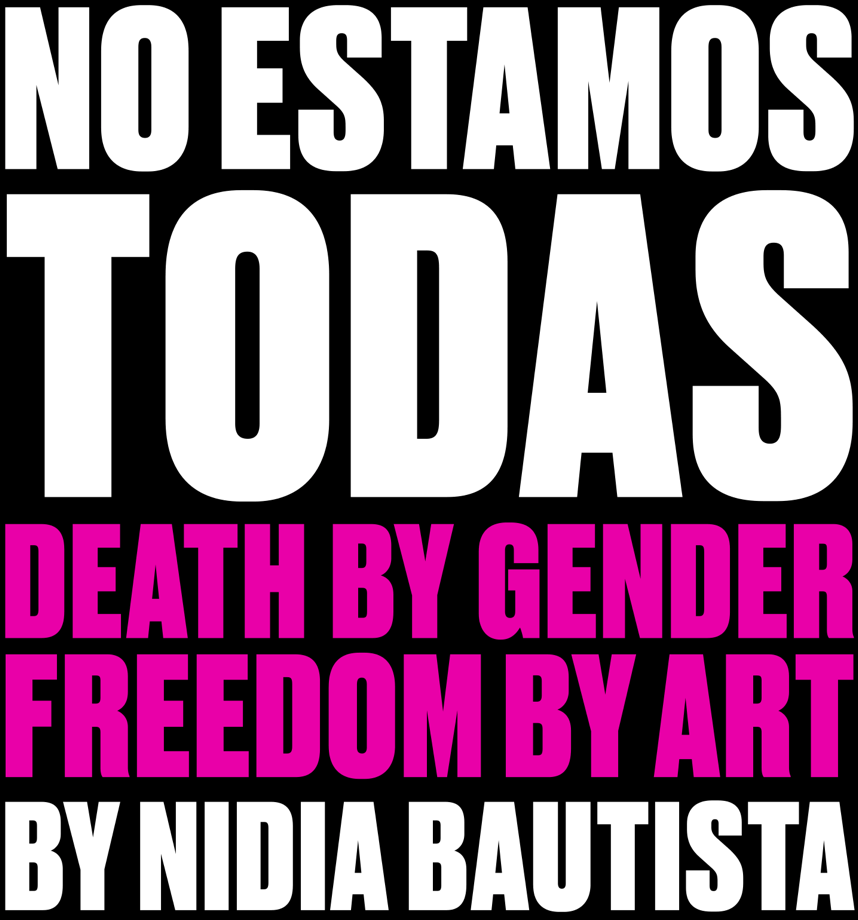
Femicide is the murder of a woman or girl because the yare a woman or girl. Femicide is a mounting global crisis and is often referred to as the most extreme form of violence against women. Mexico’s National System of Public Security released a statement that accounted 760 femicides in the country in 2018. However, activists and relatives of the victims have long disputed the numbers put out by the Mexican government’s registrars, insisting that the death toll is significantly higher. It is almost impossible to know the true scale of violence as perpetrators are rarely detained and often walk with impunity. Rather than consider these murders as isolated cases of extreme violence, activists in Mexico denounce femicide as systemic and gendered violence aided by the misogyny found in their justice system and Mexican society. The key to ending femicide lies in our ability to understand the problem. Preventive solutions include improving the collection and analyzation of mortality data with a special focus on the relationship between victim and perpetrator. This can be done by training and sensitizing hospital workers, medical examiners and mortality staff. Other solutions include finding ways to help health care providers identify intimate partner violence especially during pregnancy. There already exists a Danger Assessment Scale that measures the risk of a woman being killed by her partner that can be taught and used in more health care facilities. We can also advocate for better programs to train and sensitize police. Unfortunately these are long term solutions to an immediate problem.

Unable to wait any longer for progress, women and activists have taken matters into their own hands. The National Citizen Observatory on femicide, an alliance of human rights organizations across Mexico, partners with UN Women to monitor femicide and give the Mexican government recommendations to improve gender violence policies. Activists fight in the courts, through protest and with art. In September 2017 an activist group circulated a list with over one thousand names of femicides that occurred that year. In response, two illustrators, who choose to remain anonymous, started a project called No Estamos Todas, which translates to “We’re Not All Here”. Their Instagram and Facebook accounts publish illustrations to give a face to the women and girls whose lives were taken by femicide. The founders explain “we wanted to do something in response; we wanted people to keep talking about what’s happening in Mexico. No Estamos Todas was our response to the need to be heard”. The accounts are run on a submission basis. For example, the artist Jhonny (@descensium) drew the image on the previous page in honor of a woman killed in the city of Puebla the day 12/07/18, who the newspapers said “might be around 30 years old”. When asked what is the one thing you want to tell the world, the founders of No Estamos Todas simply said:
¡NI UNA MUERTA MÁS!
Not a single more death!



